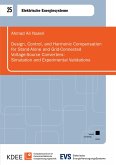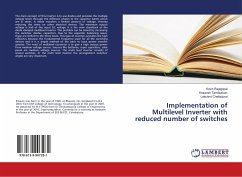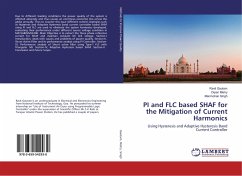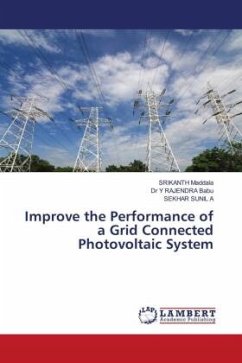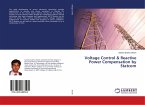The increased non-linear loads in today's typical home are a growing concern for utility companies. This situation might be worsened by the harmonic resonance introduced by the installation of capacitor banks in the distribution network. To mitigate the harmonic distortions, passive or active filters are typically used. However, with the increasing implementation of distributed generation (DG) in residential areas, using DG systems to improve the power quality is becoming a promising idea, particularly because many DG systems, such as photovoltaic (PV), wind and fuel cells, have DG-grid interfacing converters. In this paper, the potential for using photovoltaic (PV) interfacing inverters to compensate the residential system harmonics is explored. A system model including the residential load and DG is first developed. An in-depth analysis and comparison of different compensation schemes based on the virtual harmonic damping impedance concept are then carried out. The effects of the capacitor banks in the system are also studied. The effectiveness of the harmonic compensation strategies under different conditions is verified through analysis and simulations.


